Novel Writing: Le Morte d’Arthur
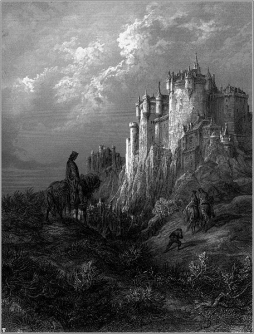 National Novel Writing Month is well underway for me. I’ve gotten a start on my novel, at the same time as I’m still getting the structure figured out. I’ll have some thoughts on my process, and what I’m learning, a bit later in this post; first, I want to write a bit about the subject I’m wrestling with, the Matter of Britain.
National Novel Writing Month is well underway for me. I’ve gotten a start on my novel, at the same time as I’m still getting the structure figured out. I’ll have some thoughts on my process, and what I’m learning, a bit later in this post; first, I want to write a bit about the subject I’m wrestling with, the Matter of Britain.
I’m writing an Arthurian fantasy. Like, I’d imagine, most people, I’ve been vaguely familiar with the stories of Arthur and his knights since I was very young. At different times in my life I’ve been more or less intensely interested in different aspects of the Arthurian tales and the way they developed over time; writing a story using that material, though, forces a new perspective on me.
I’ve had to think a lot about what precisely interests me about these stories. And which stories, in particular, have grabbed me? Why do they matter? Why do I want to write about them?
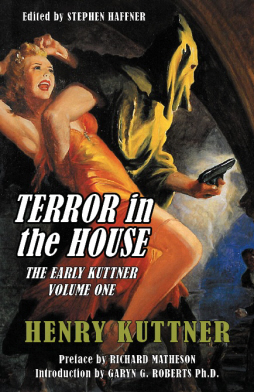
 A few years ago, I lived and worked in Edgewater, a northerly Chicago neighborhood just blocks from fantasy writer Ysabeau Wilce’s house. She once confessed to having walked her dog past my bookstore on Broadway and Bryn Mawr. The unutterable excitement!
A few years ago, I lived and worked in Edgewater, a northerly Chicago neighborhood just blocks from fantasy writer Ysabeau Wilce’s house. She once confessed to having walked her dog past my bookstore on Broadway and Bryn Mawr. The unutterable excitement!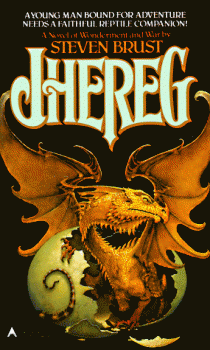 Jhereg
Jhereg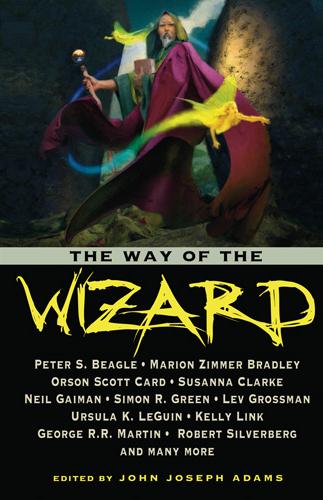 “Evil powers…disappear
“Evil powers…disappear Five years ago, my first novel, Poison Study was published. It came out in hardback with a beautiful red and gold cover that was loosely based on Vermeer’s painting The Girl with the Pearl Earring.
Five years ago, my first novel, Poison Study was published. It came out in hardback with a beautiful red and gold cover that was loosely based on Vermeer’s painting The Girl with the Pearl Earring.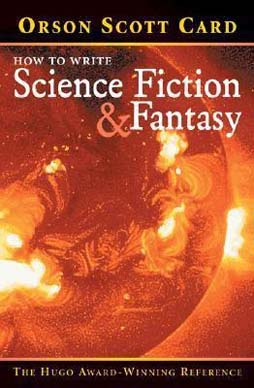 Back in 1995, I’m reading Orson Scott Card’s How to Write Science Fiction and Fantasy – because I had written a bunch of short stories that were all soundly rejected and I was thinking perhaps I needed a few pointers (no comments on still having my short stories rejected).
Back in 1995, I’m reading Orson Scott Card’s How to Write Science Fiction and Fantasy – because I had written a bunch of short stories that were all soundly rejected and I was thinking perhaps I needed a few pointers (no comments on still having my short stories rejected).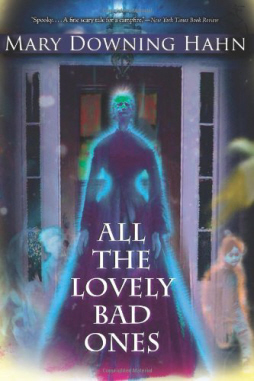
 The McGill book fair is the largest English-language used book sale in Montreal. It’s been held for decades, every October, on the second Wednesday and Thursday after Thanksgiving (which in Canada is on the second Monday in October). Every year an eclectic mix of thousands of books are sold, helping to raise money for scholarships.
The McGill book fair is the largest English-language used book sale in Montreal. It’s been held for decades, every October, on the second Wednesday and Thursday after Thanksgiving (which in Canada is on the second Monday in October). Every year an eclectic mix of thousands of books are sold, helping to raise money for scholarships. 
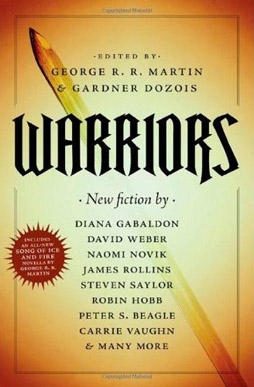 Warriors, edited by George RR Martin & Gardner Dozois
Warriors, edited by George RR Martin & Gardner Dozois